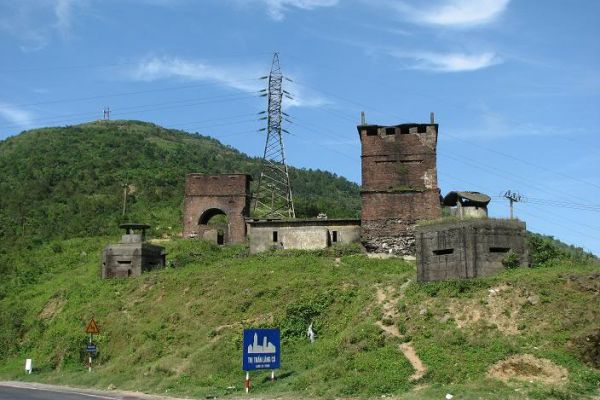

Hai Van Gate, which sits atop the Hai Van mountain pass in central Vietnam, separating Da Nang city and Thua Thien-Hue province, has been recognised as a national relic.
The official decision was made by the Ministry of Culture, Sports and Tourism.
The Hai Van Pass runs through some 21km of the Bach Ma Range, which juts into the East Sea in central Vietnam.
The relic complex was built in 1826 under the rule of the Nguyen dynasty’s Emperor Minh Mang (1791-1841), who ordered the construction of multiple defensive structures on Hai Van Pass to protect the then-capital of imperial Vietnam in Hue. The structures included fortifications, store houses and cannon forts.
According to historical records, after building the complex, Emperor Minh Mang inscribed its name in Vietnamese - “Hai Van Quan” (Hai Van Gate) - on one side of the gate facing Hue Imperial Citadel, and the words “Thien ha de nhat hung quan” (the world’s most marvellous wonder) on the other side facing Da Nang.
The gate had been left in serious disrepair as neither administrations of Da Nang or Thua Thien-Hue took responsibility for its maintenance.
The Gate has grown to become a popular attraction among tourists as it offers stunning views of the surrounding water bodies and landscape.
NDO

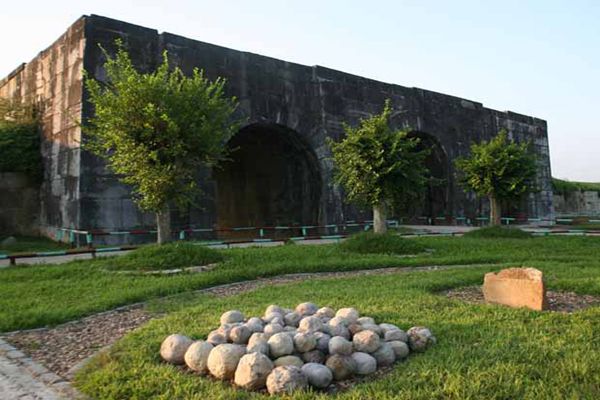
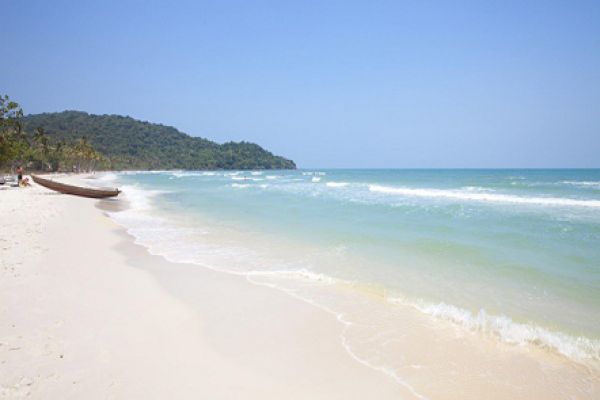
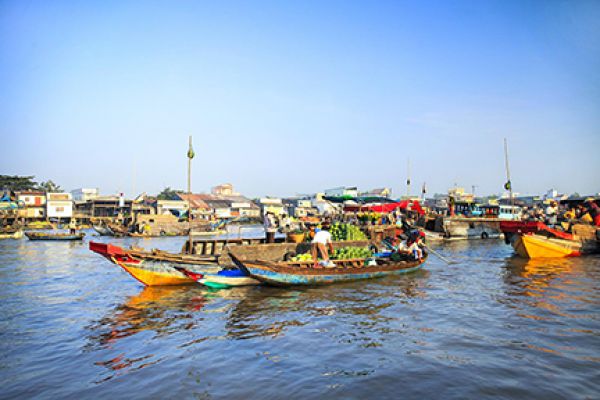



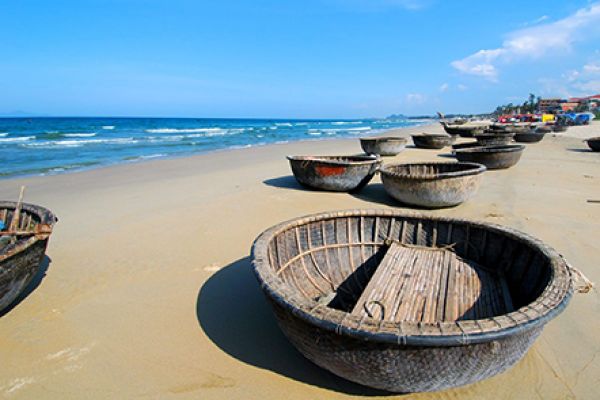

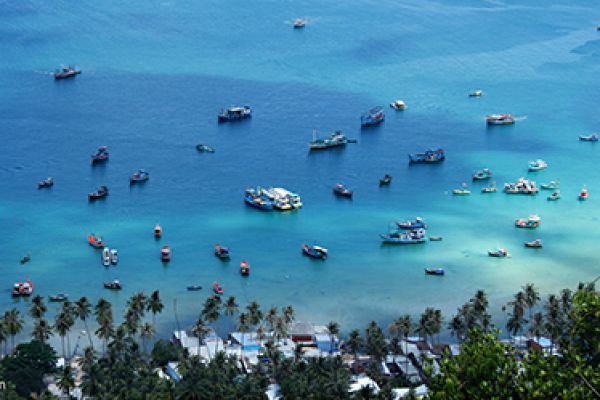
(84-63) 3 826042 – (84-63) 3 511142
No 54 Nguyen Dinh Chieu, Ham Tien Central Mui Ne Beach Binh Thuan Vietnam
523 To Hien Thanh District 10 Ho Chi Minh City Vietnam
Ha Long Halong City Quang Ninh Vietnam
A13 Hung Thong 2 Halong City Quang Ninh Vietnam




